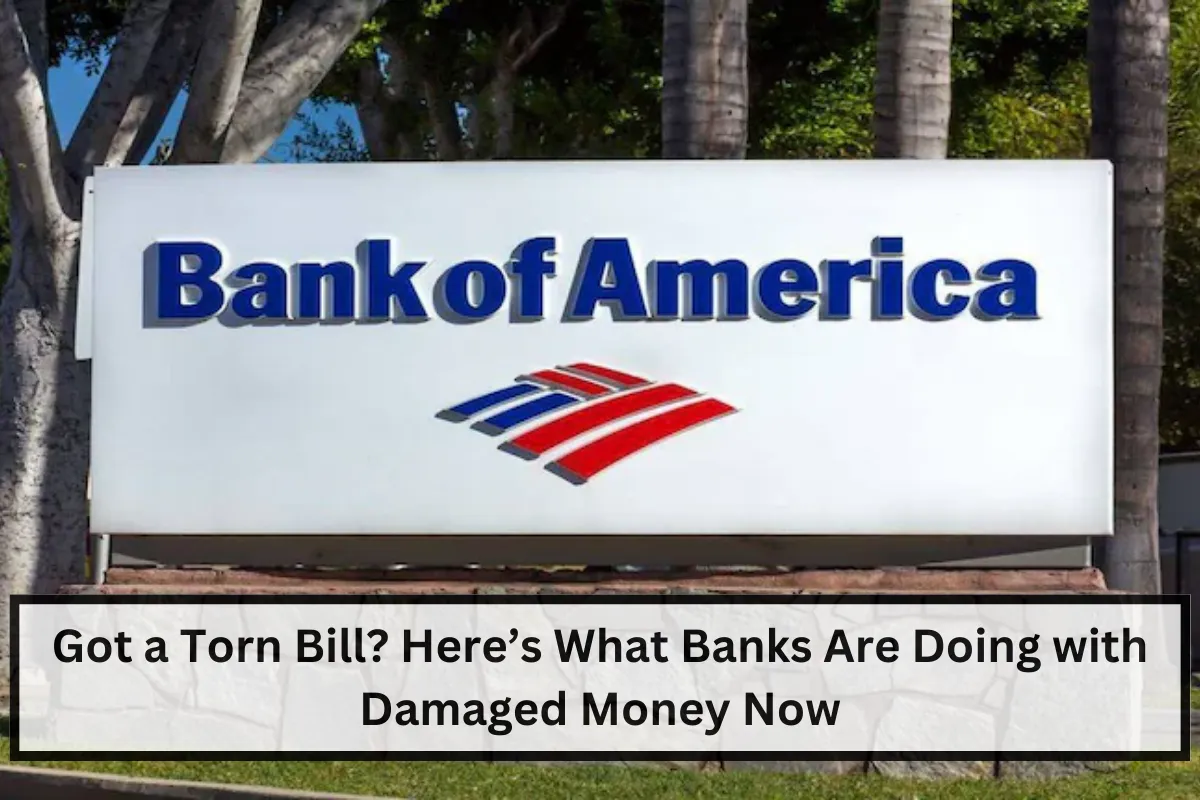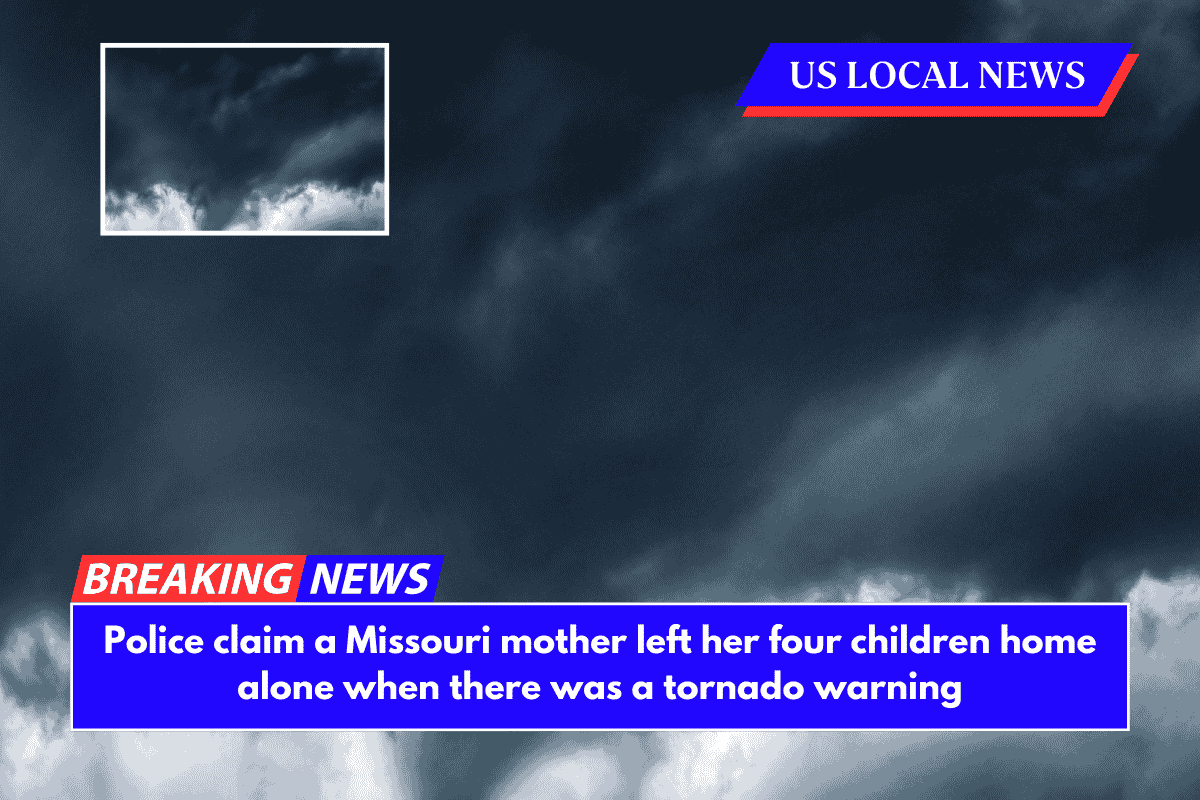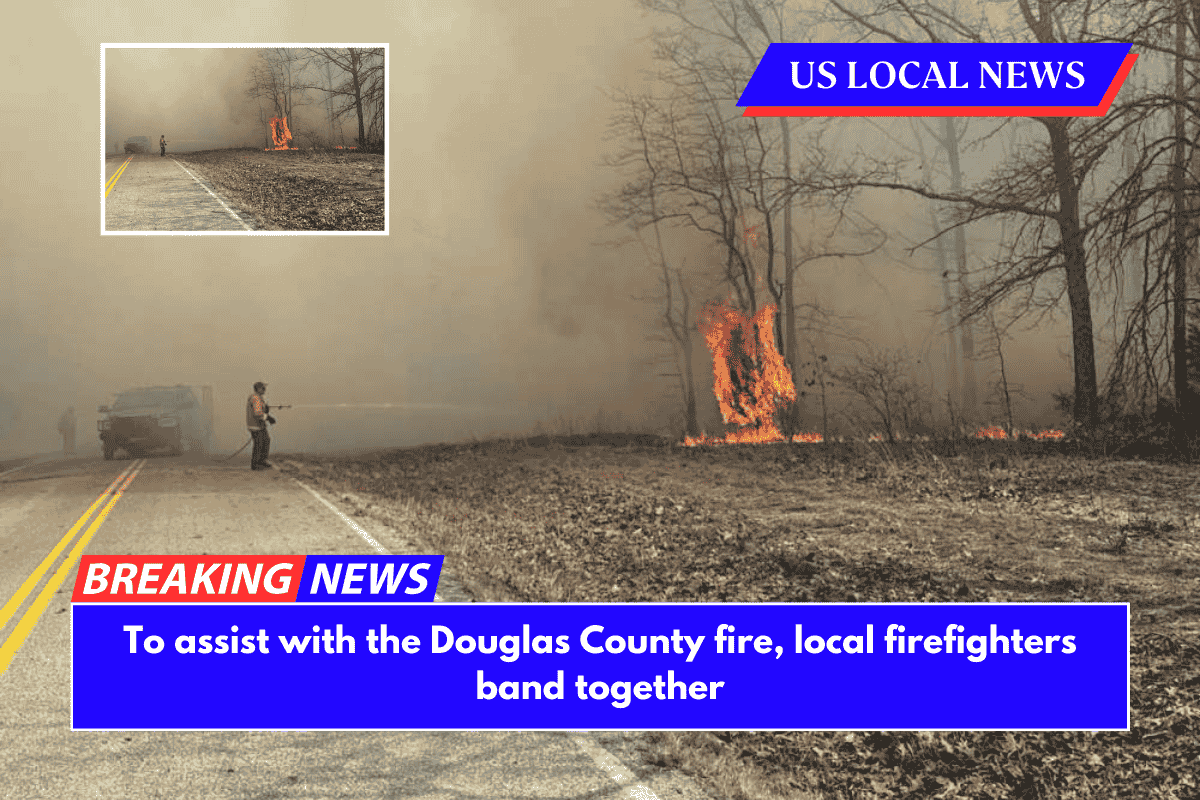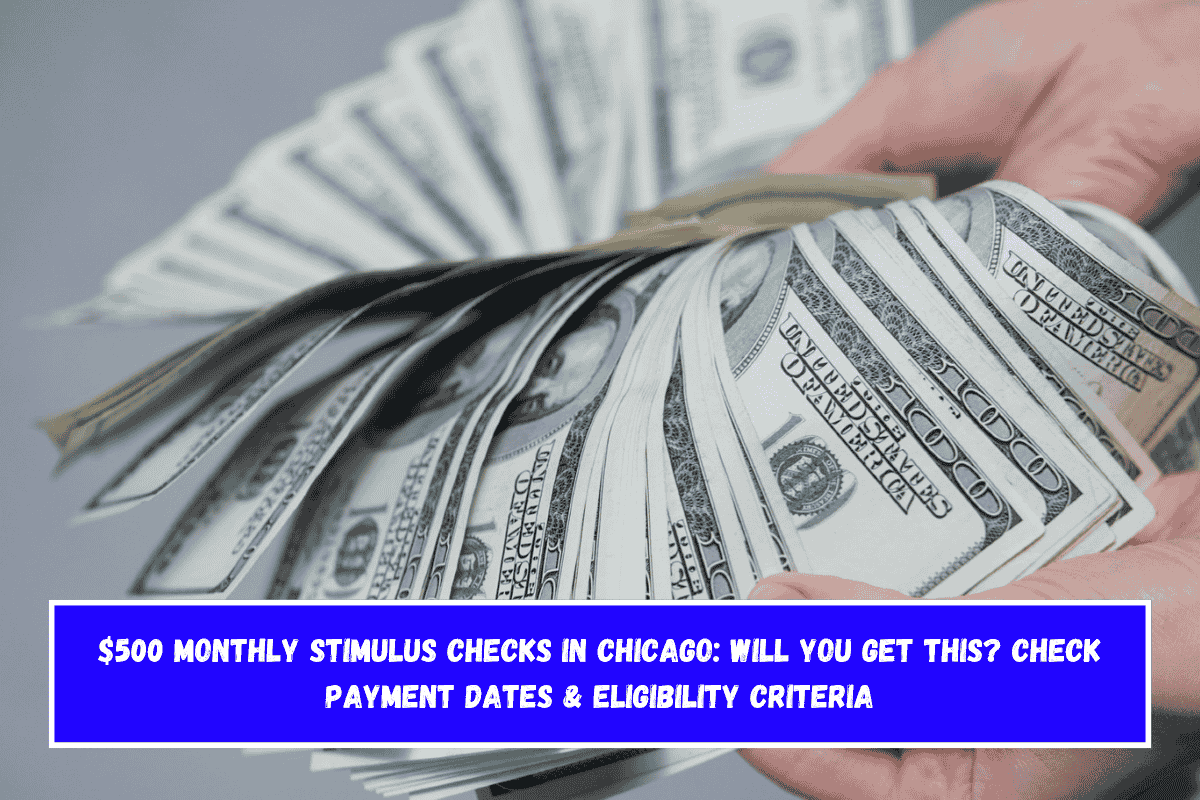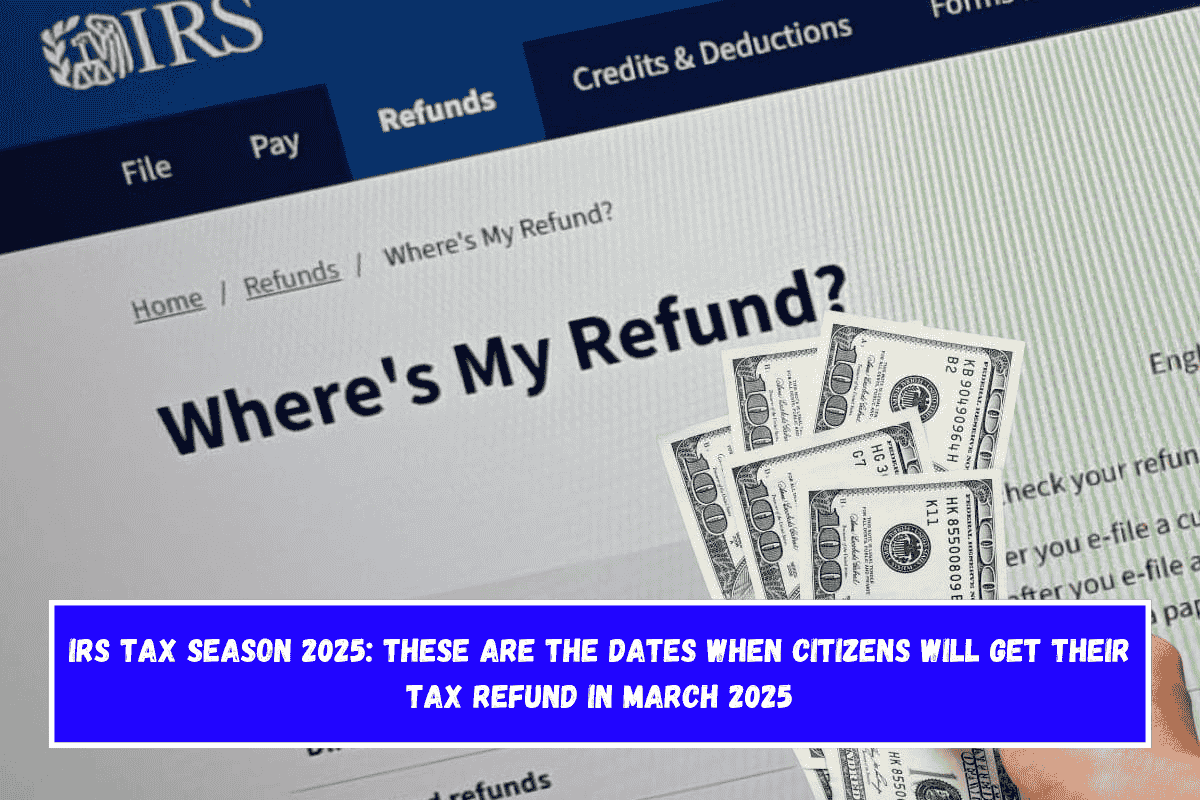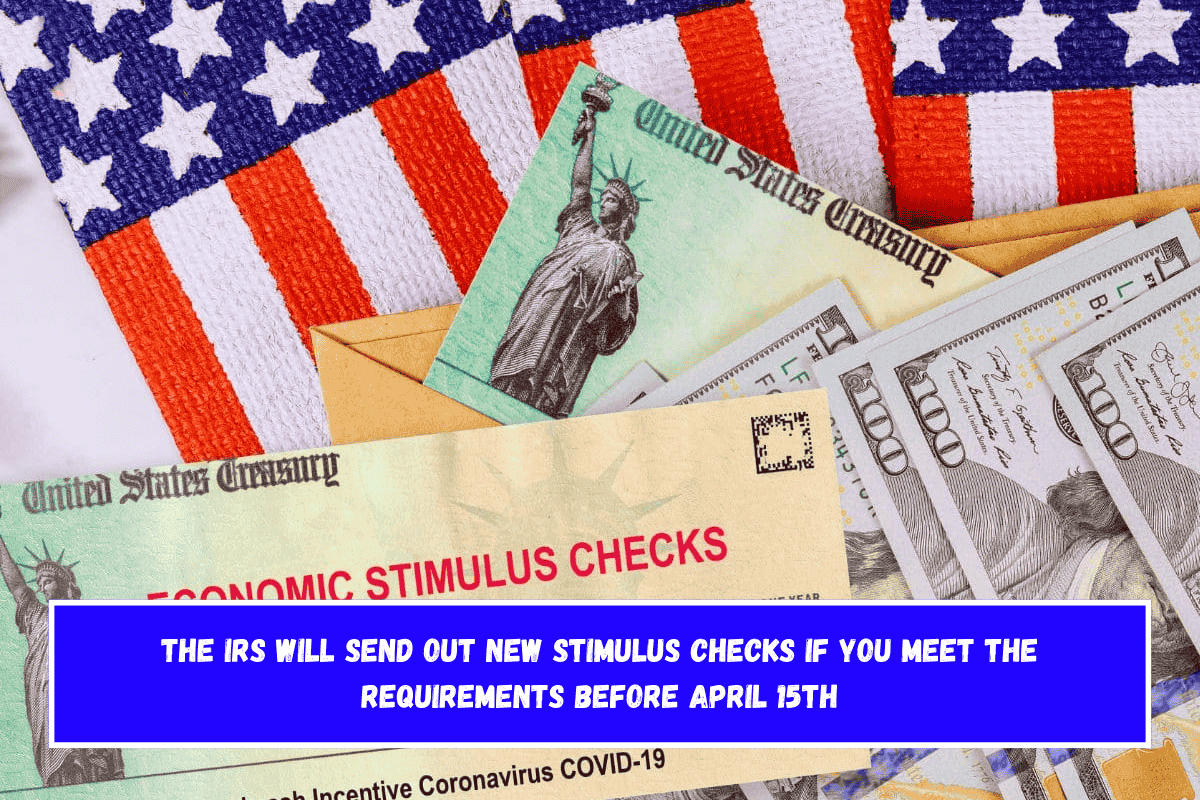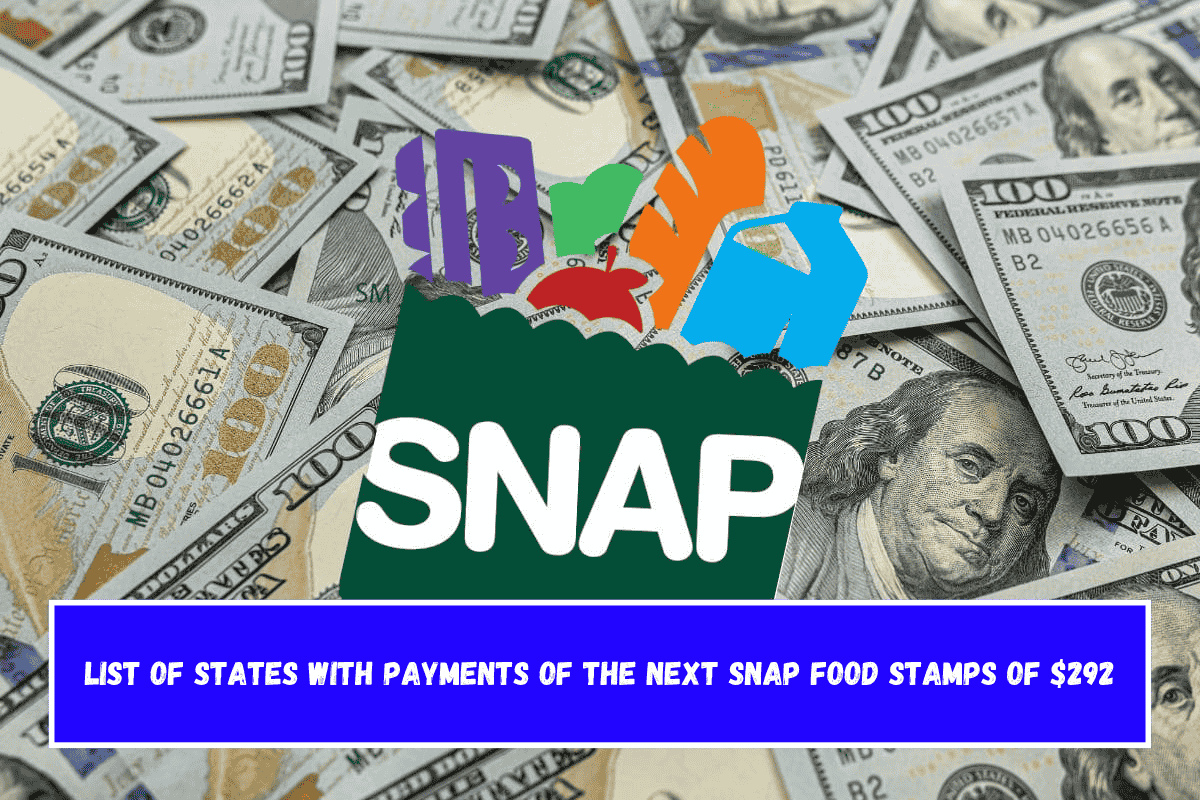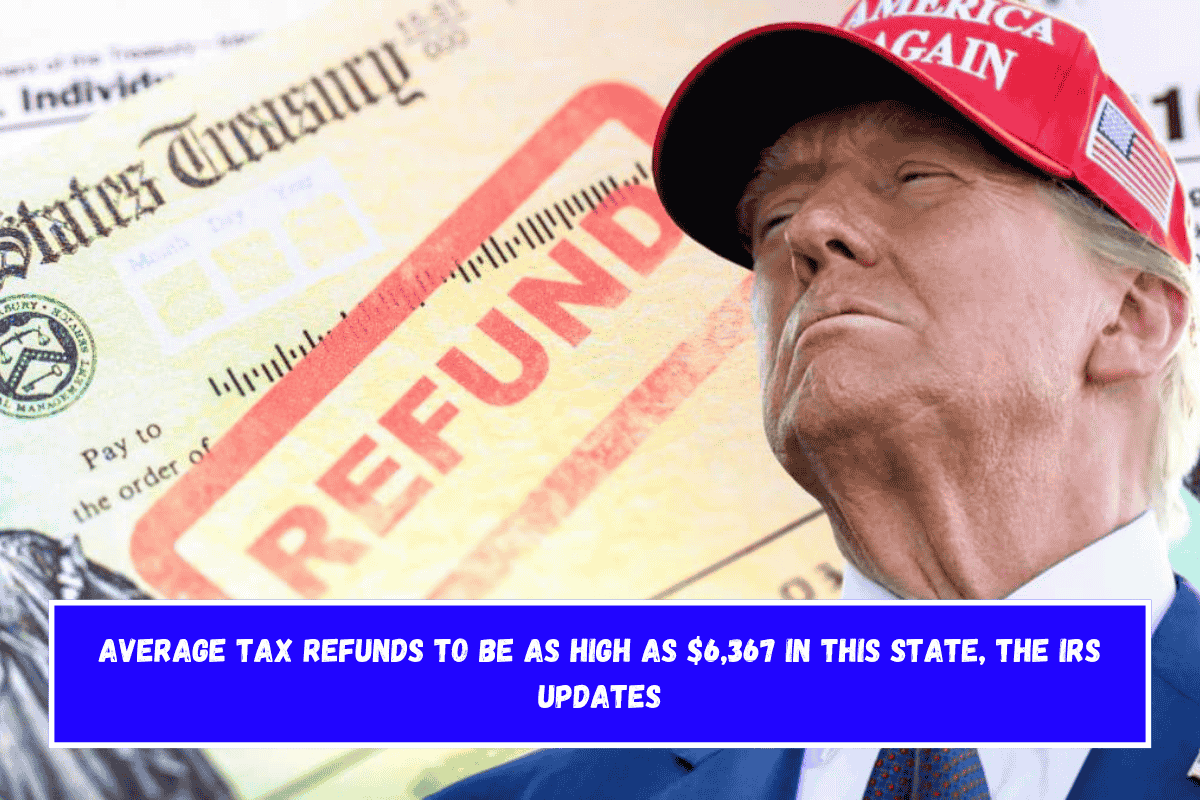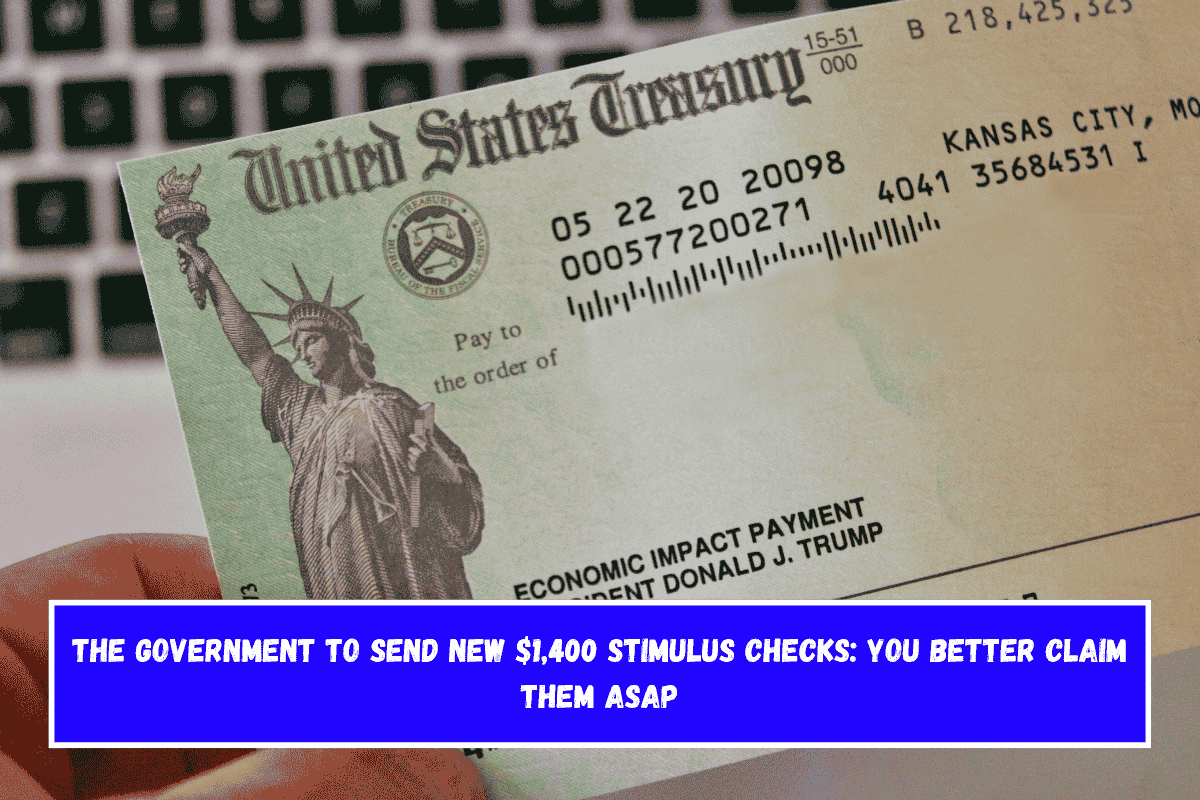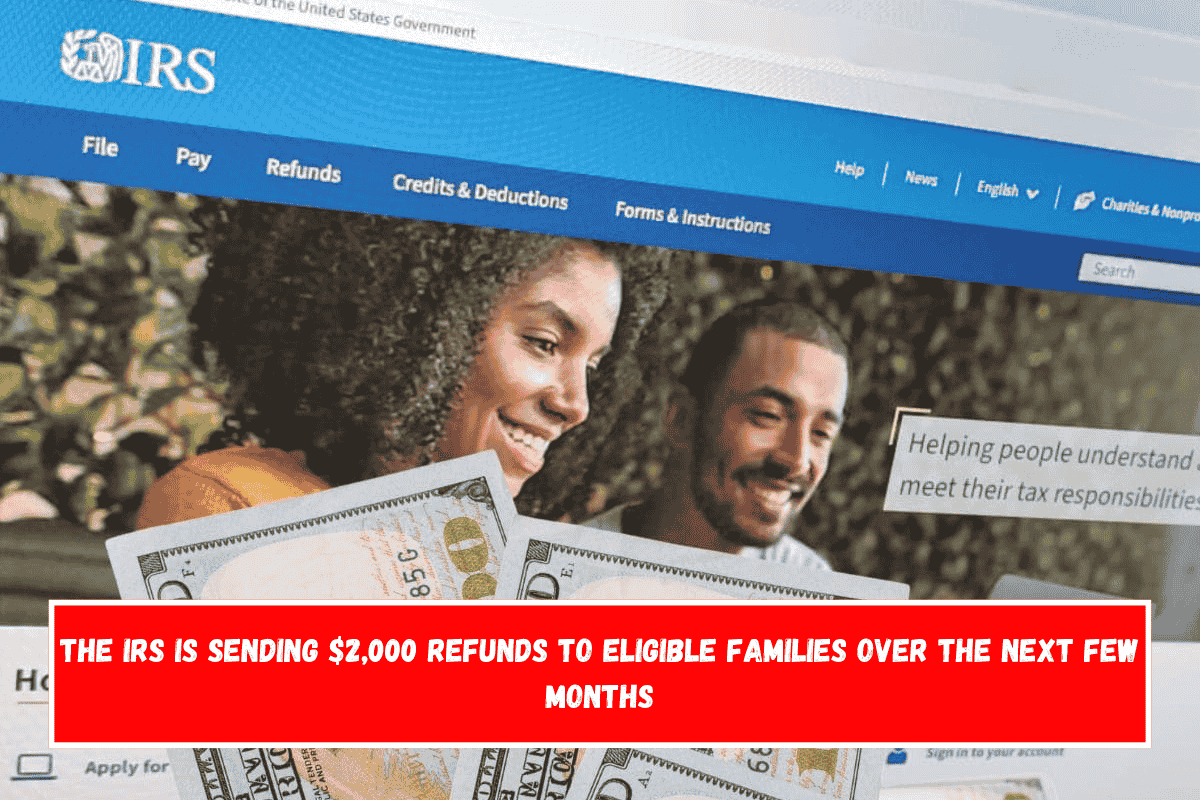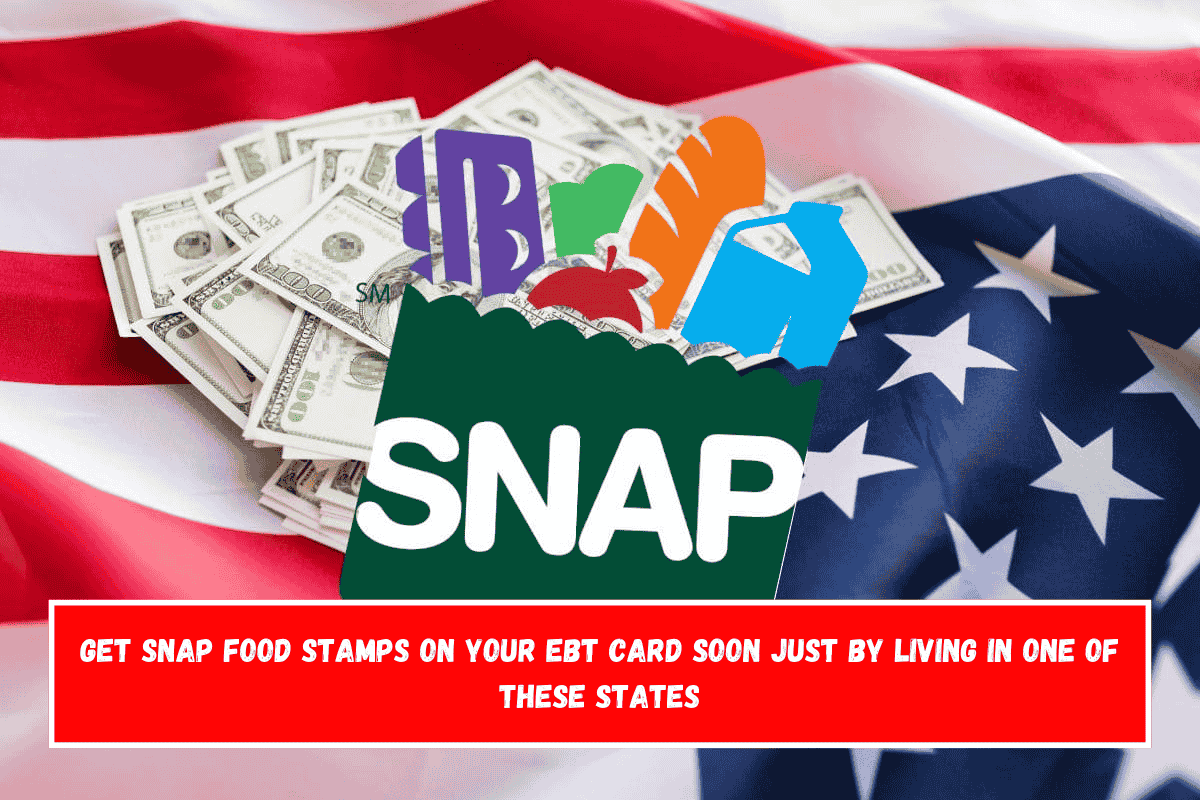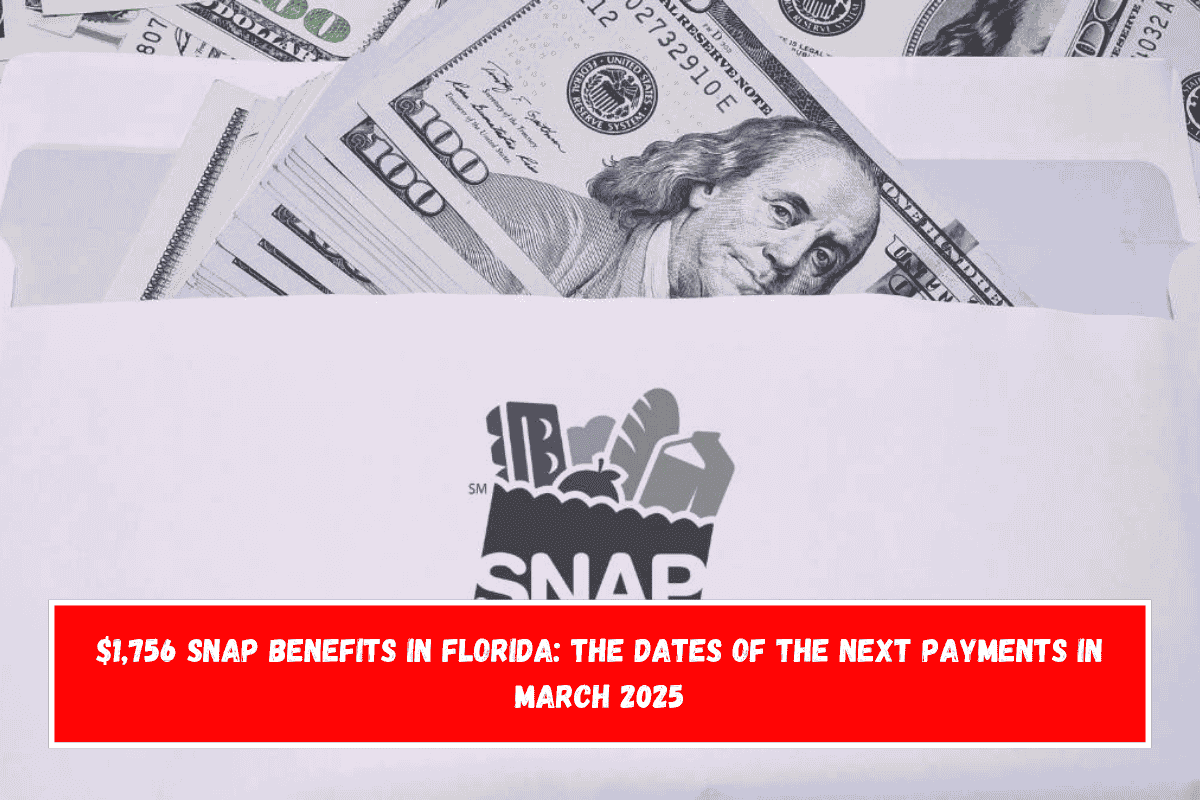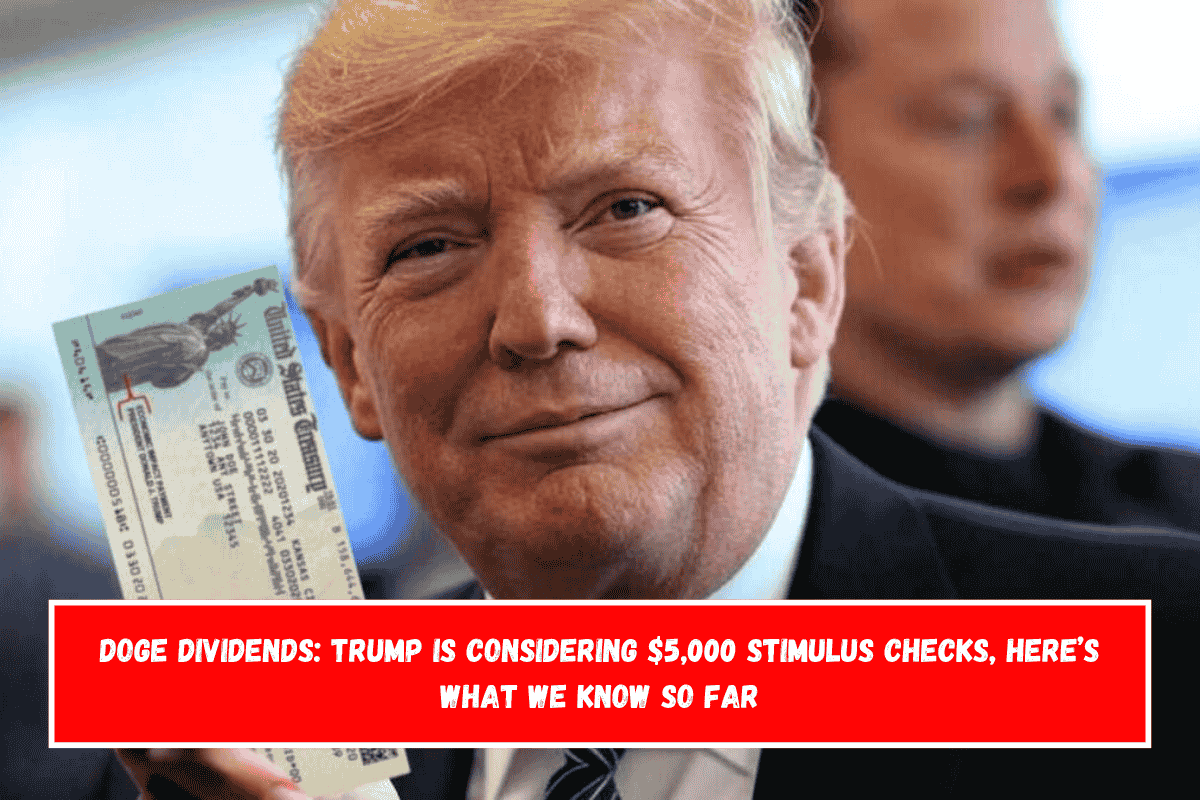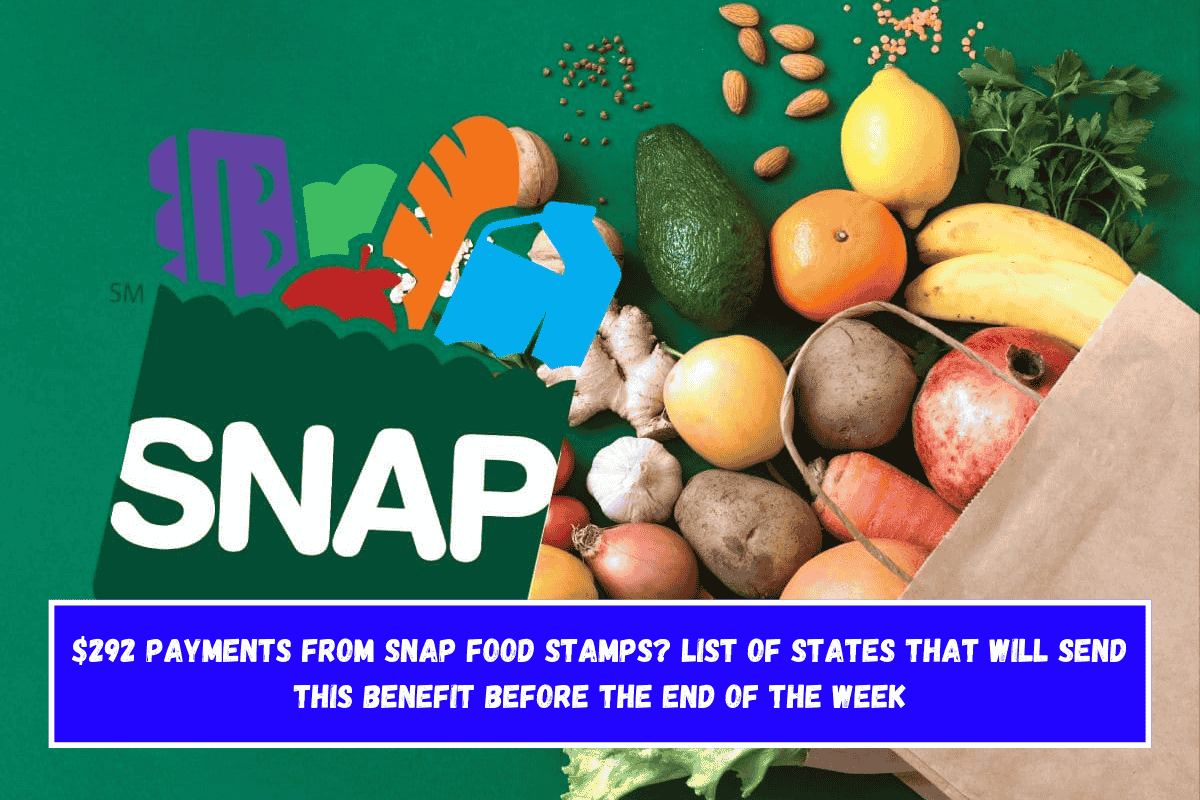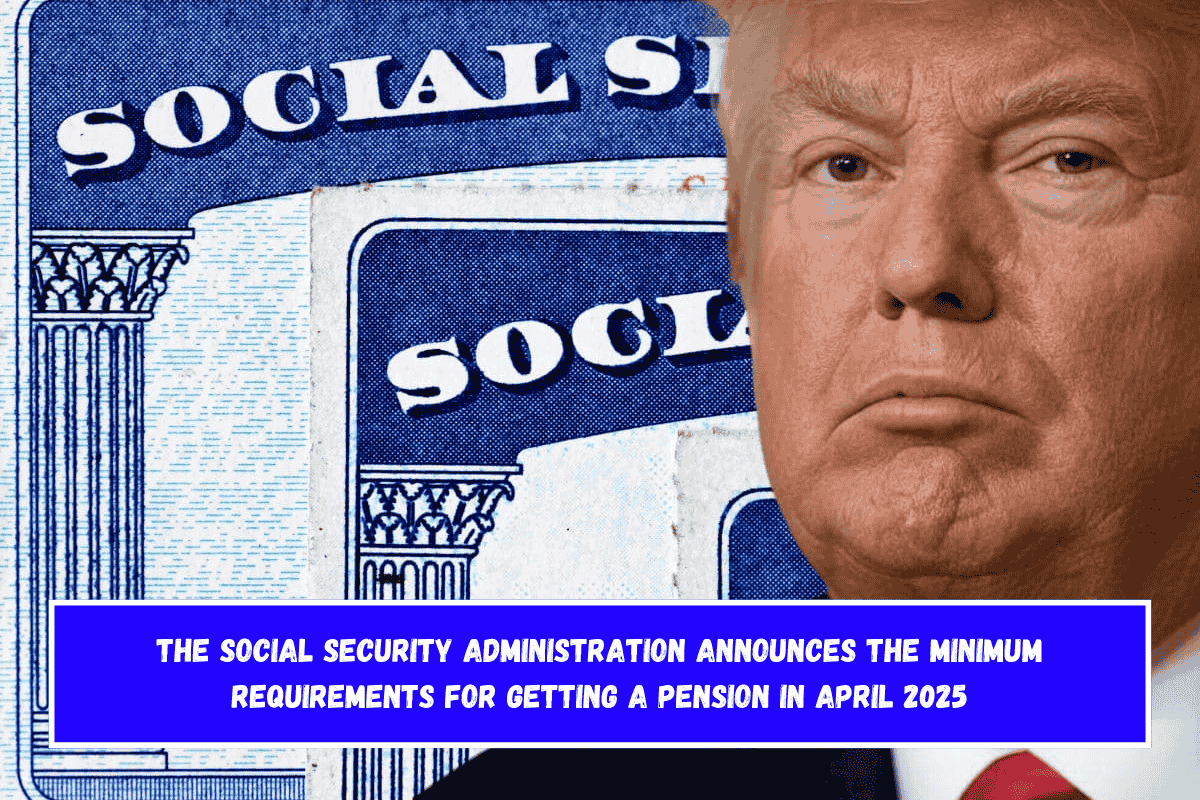As of this month, banks and retail stores across the United States, including big names like Bank of America, Walmart, and Target, have begun following new government guidelines to stop accepting damaged dollar bills.
This change affects dollar bills and other low-value notes that are worn out, torn, or discolored. The goal is to reduce counterfeit money and make it harder to pass off fake bills as real cash.
Why Damaged Bills Are No Longer Accepted
The primary reason behind this change is to reduce counterfeit bills. Damaged bills are more likely to attract counterfeiters, who often use worn-out money to pass off fakes.
Starting with the one-dollar bill, banks will now reject any currency that shows significant damage, like rips, burns, or heavy stains, and will only replace them if they meet certain conditions. This policy will eventually extend to all paper currency.
What Counts as a Damaged Bill?
Banks will reject a bill if it has:
- Large tears or rips
- Missing corners or parts
- Permanent stains from ink, grease, or other substances
- Significant water damage or burn marks
- Excessive wear that makes the bill unrecognizable
If a bill is too damaged, banks cannot replace it. Instead, individuals need to visit a federal government office or a special bank branch designated to handle severely damaged currency.
How to Exchange Damaged Bills at the Bank
To exchange a damaged bill at the bank, it’s important that more than half of the bill remains and that it’s identifiable as real currency.
Banks or credit unions can exchange these bills during regular business hours. Remember, ATMs cannot process damaged bills, so a teller must complete the transaction.
Severe Damage: Where to Go for Help
For severely damaged bills, such as those with extreme burns, cuts, or water exposure, the Bureau of Engraving and Printing (BEP) can help.
Individuals need to submit the damaged bill along with a form describing how the damage occurred and any remaining parts of the bill. This helps prevent fraud, and the BEP will issue a replacement once they confirm the bill’s authenticity.
What About Suspiciously Damaged Bills?
If a damaged bill appears tampered with or altered, the U.S. Secret Service may investigate. However, this is rare and usually only happens when damage is beyond regular wear and tear.
Why are banks no longer accepting damaged bills?
Banks have stopped accepting damaged bills to prevent counterfeits. Worn-out money is easier to fake, so rejecting damaged bills helps keep counterfeits out of circulation.
What should I do with my torn or stained bill?
You can take your damaged bill to the bank, as long as over half of it remains and it’s clearly identifiable. The bank can replace it with new cash.
Will ATMs accept damaged bills?
No, ATMs can’t process damaged bills. You’ll need to visit a bank teller during business hours for assistance.
Where do I go if my bill is severely damaged?
For badly damaged bills, you should contact the Bureau of Engraving and Printing (BEP). They can issue a replacement once they confirm it’s real.
Will the Secret Service investigate my damaged bill?
The Secret Service may investigate if a bill looks like it was deliberately altered. This only happens in rare cases where damage looks suspicious.

